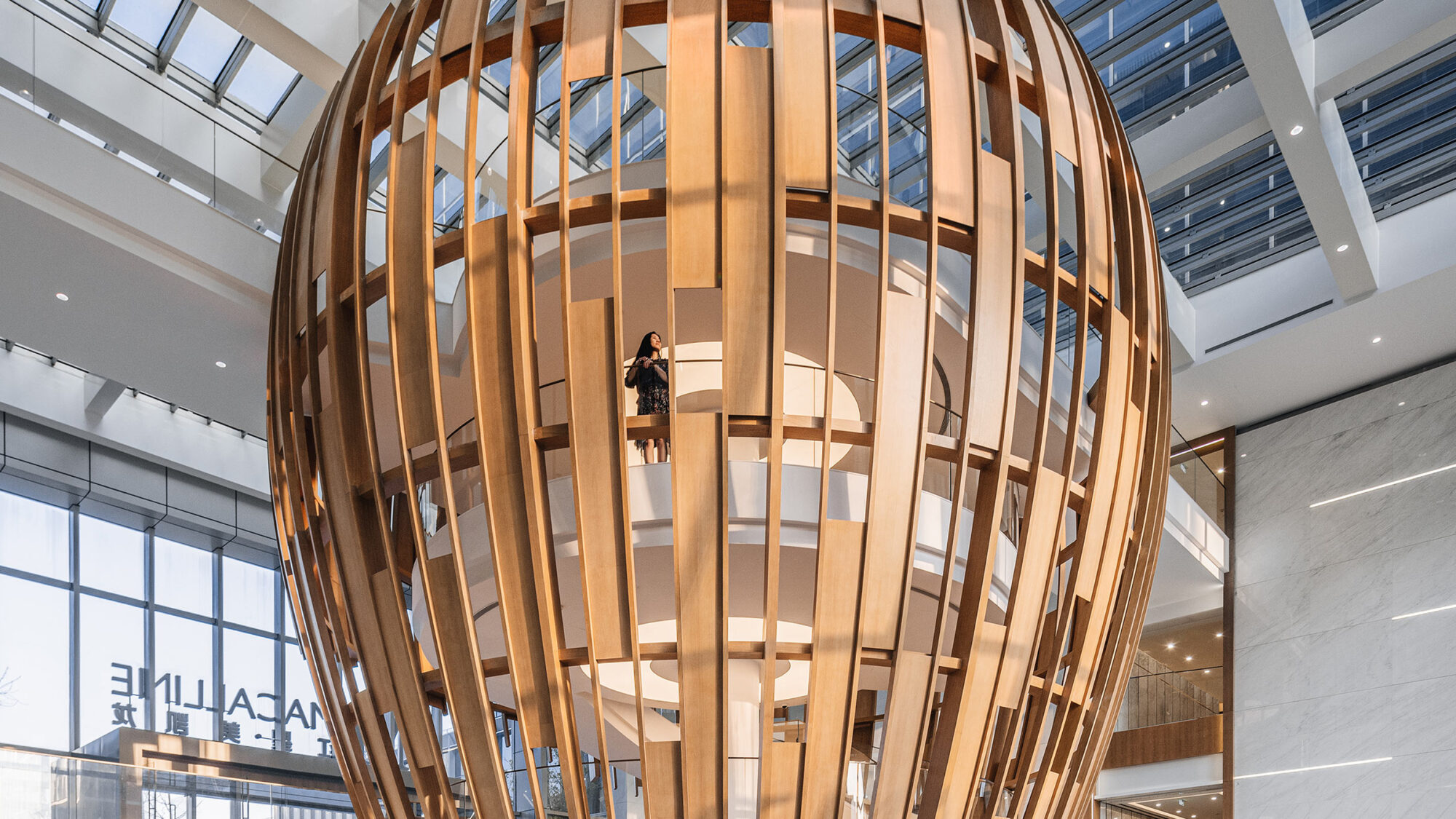


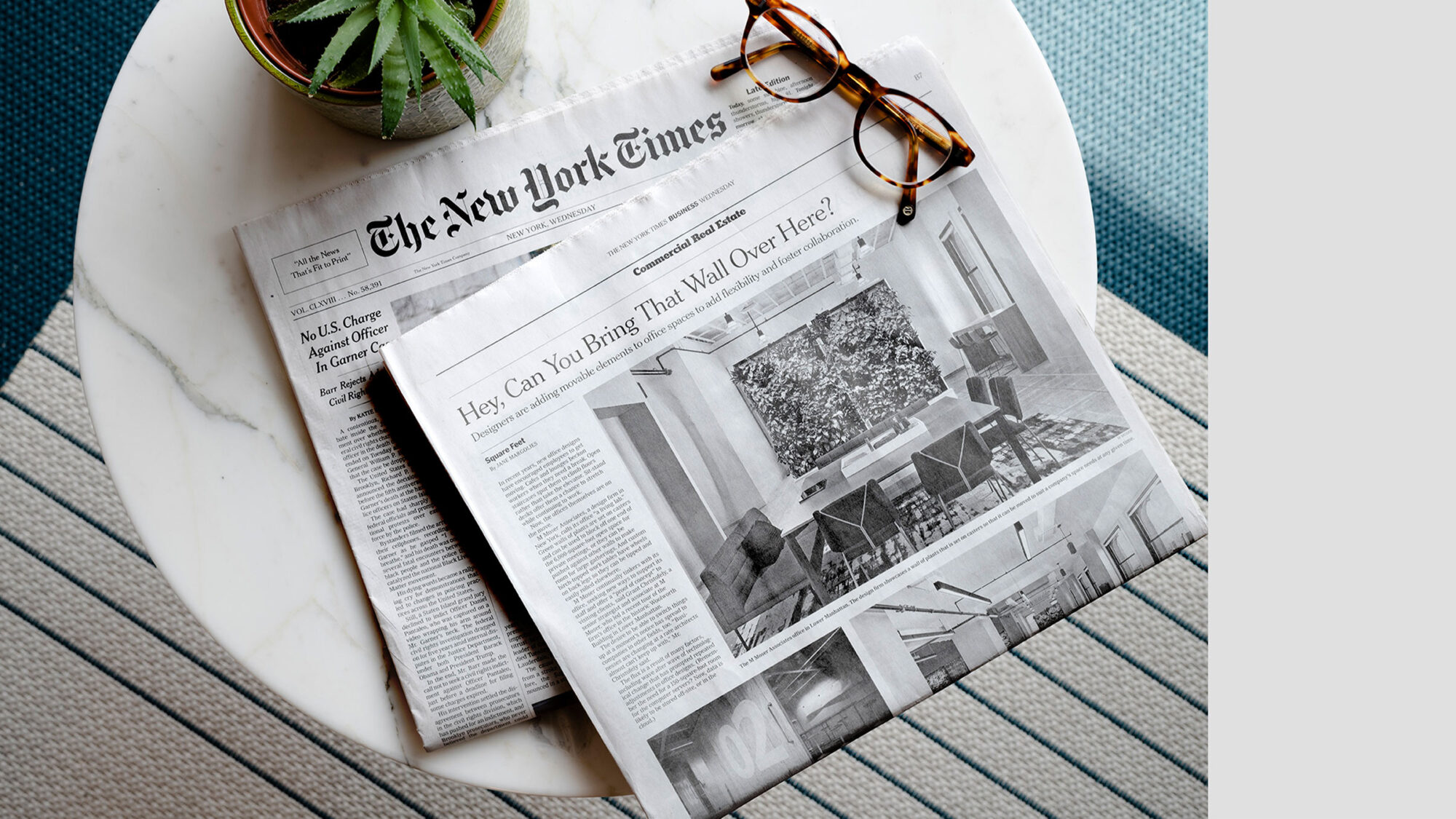
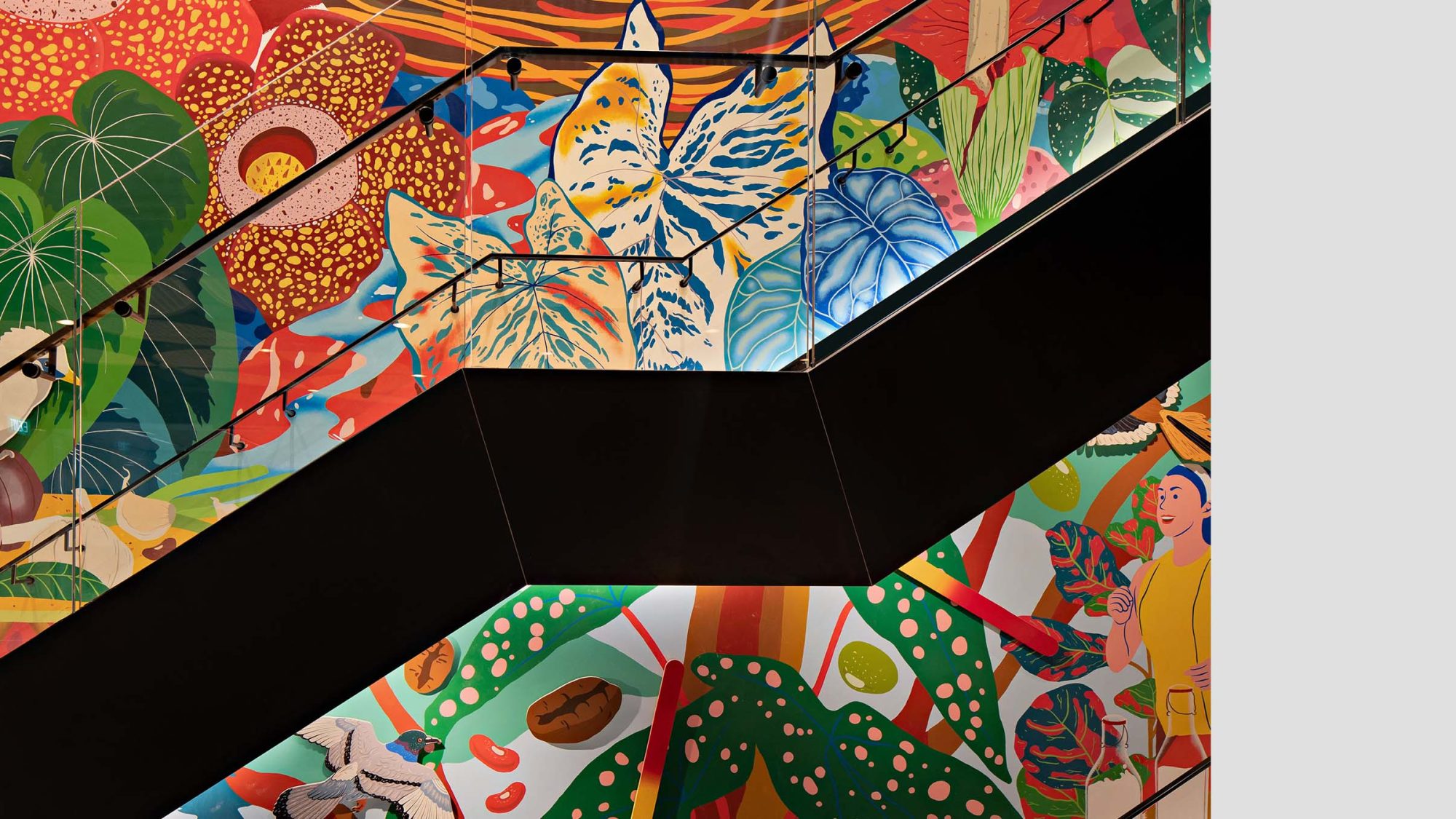
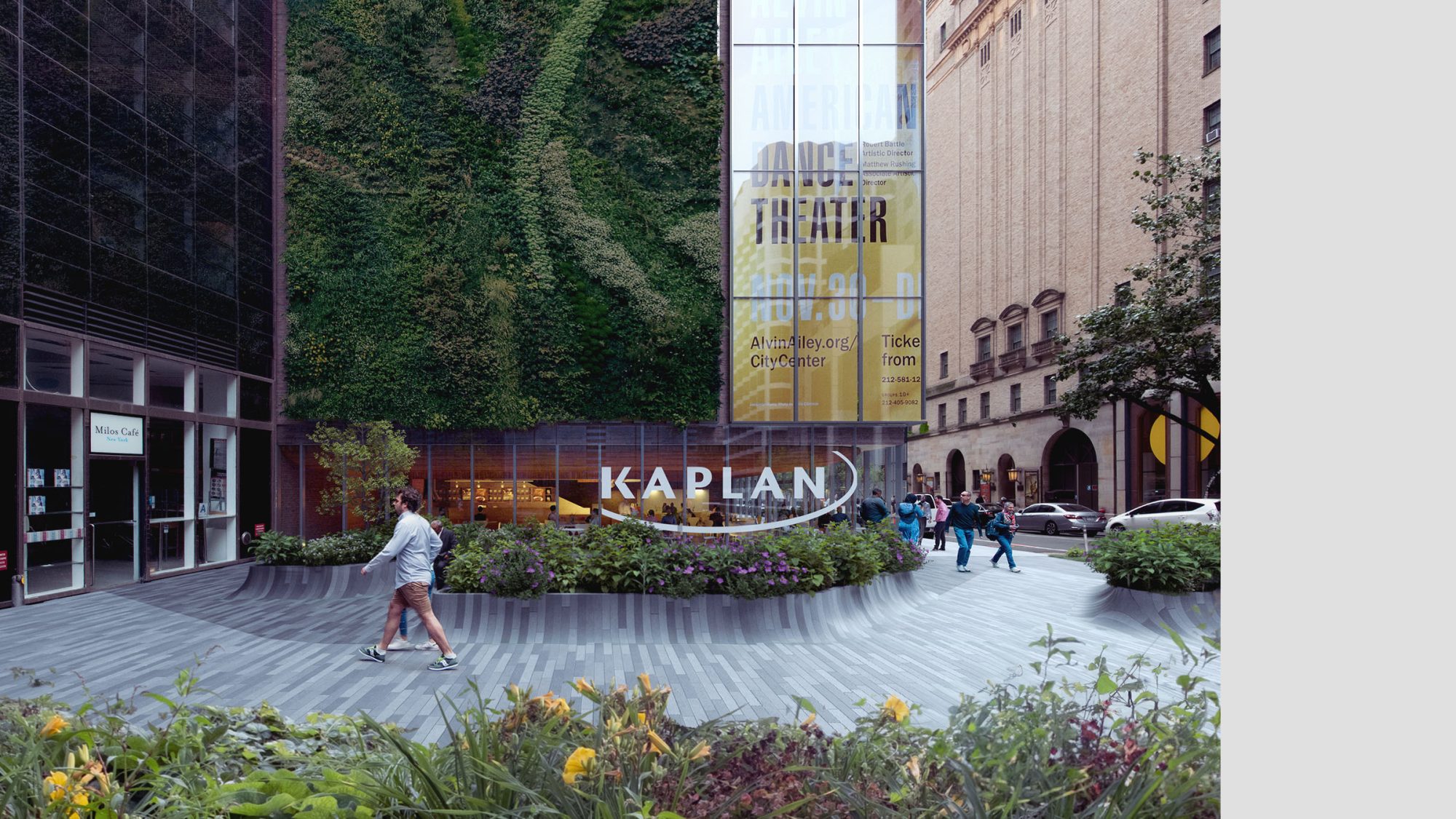
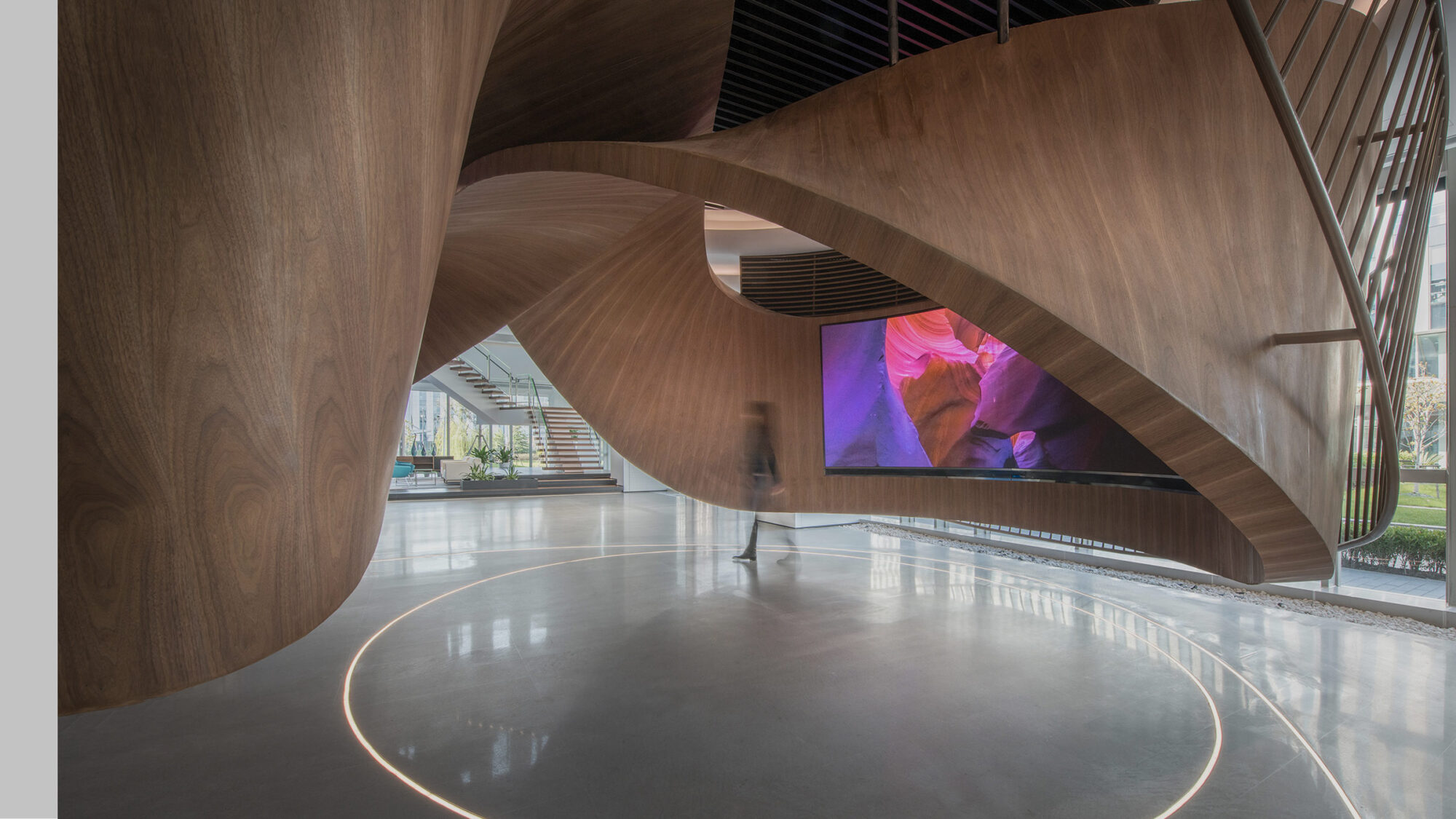
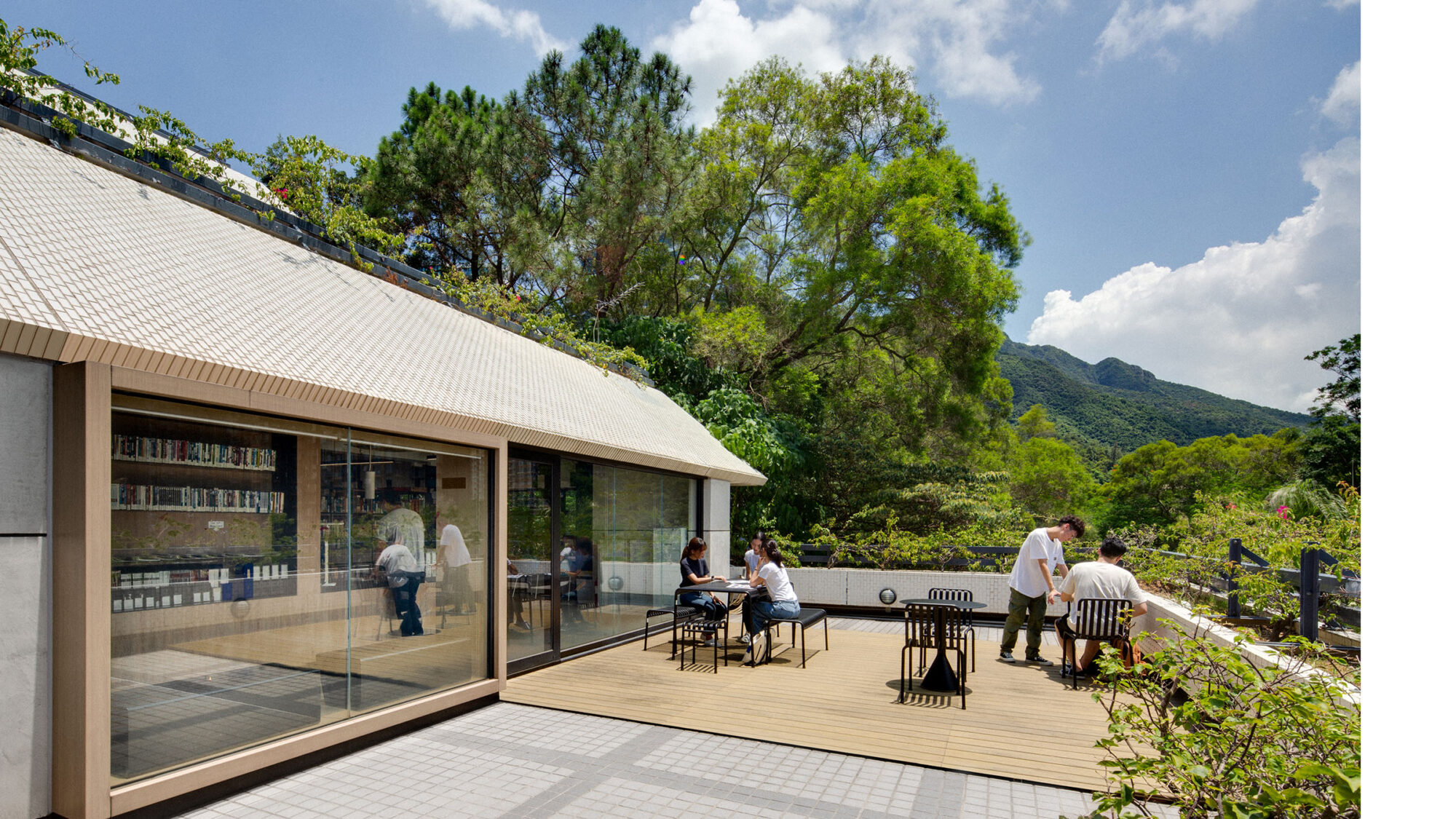
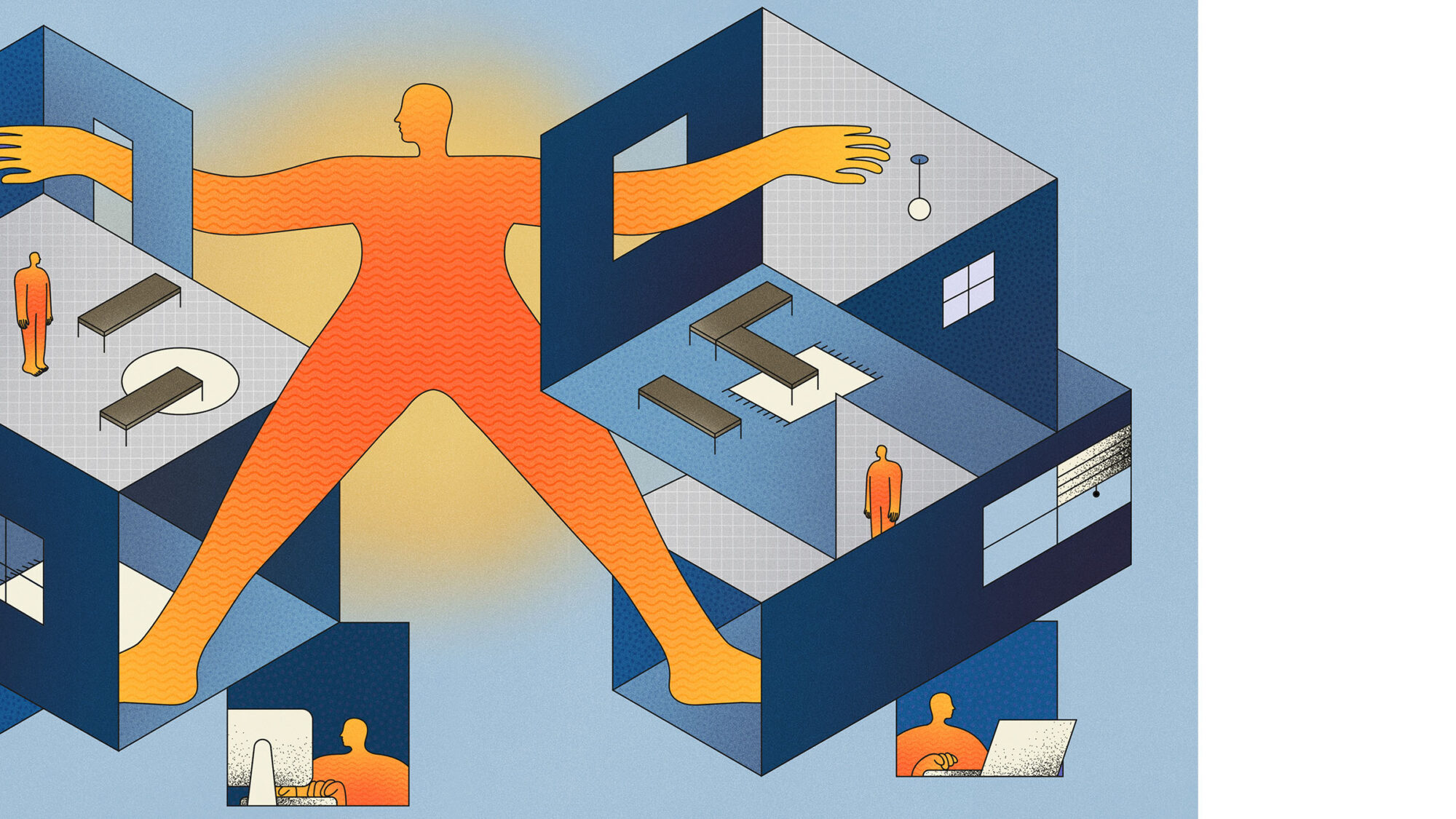
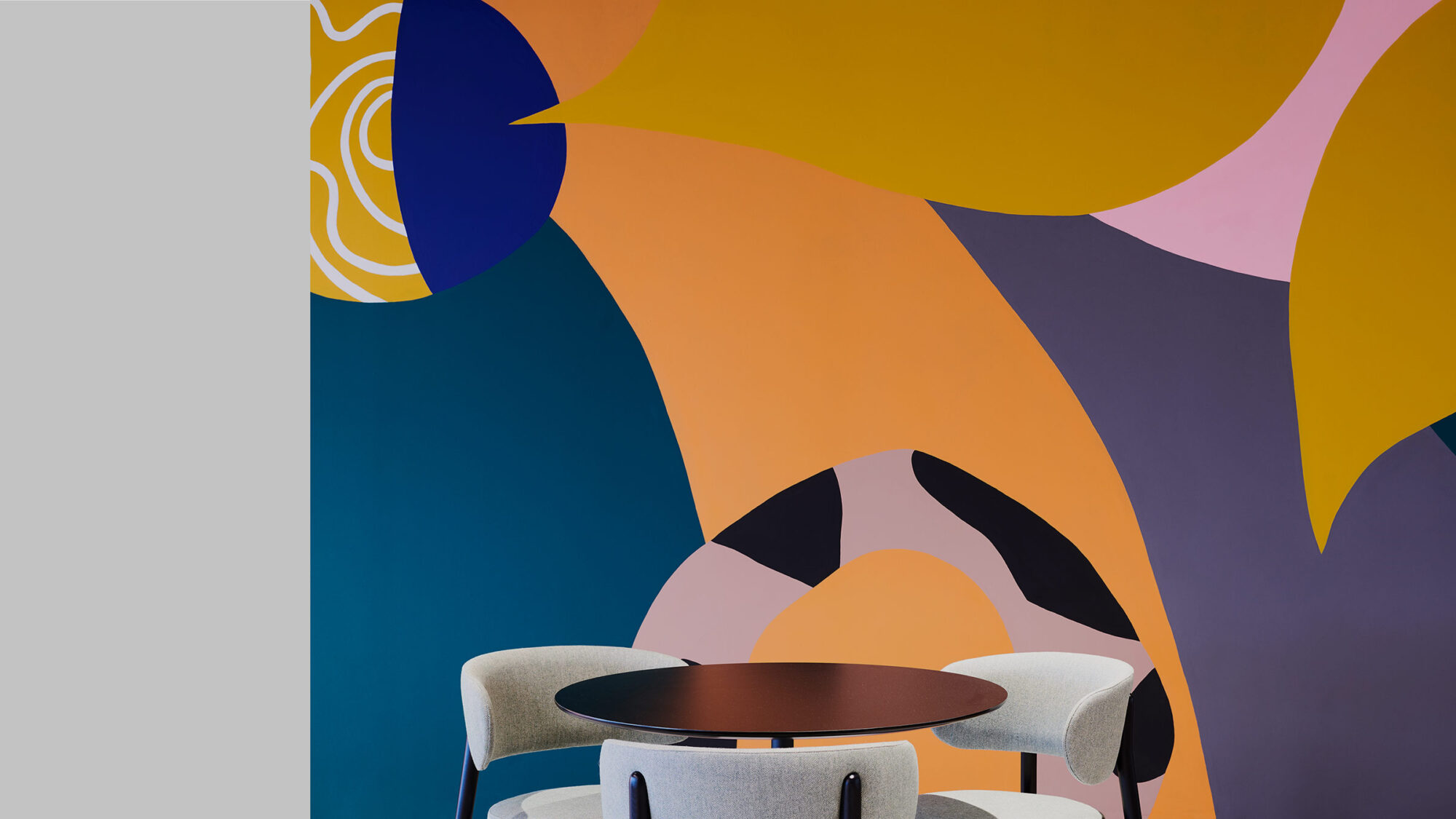

At this year’s Clerkenwell Design Week, Associate Director Frances Gain joined a panel hosted by Metropolis to explore the link between neurodiversity, mental wellness and office design. Voices from across the industry came together to discuss how workspaces can better support the full range of human experience.
The message was clear: neurodiversity in the workplace is an important consideration when designing spaces that are fair, effective and reflective of a diverse workforce. As more people advocate for their needs, the demand for inclusive design is becoming a fundamental part of how we shape the future of work.
This article explores the key insights from that discussion, including what is neurodiversity in the workplace, why it matters, how design can support it and the role of feedback in creating spaces that work for everyone.
Neurodiversity refers to the natural variation in how people think, process information and experience the world. It includes everyone. Neurodivergence describes those who may think differently, such as people with ADHD, autism, dyslexia or dyspraxia, whether or not they have a formal diagnosis.
Designing for neurodiversity in the workplace means recognising that traditional environments often reflect a narrow view of how people function best. The panel challenged this idea, highlighting the need to design for lived experience rather than assumptions or diagnostic labels.
Rather than focusing on single-purpose rooms or predefined user groups, the conversation focused on creating flexibility, variety and autonomy so that everyone can find a way of working that suits them.
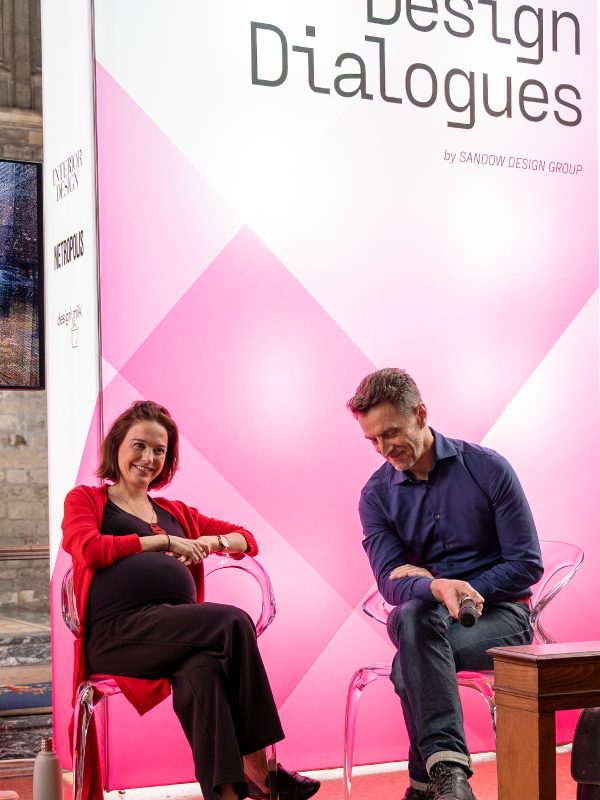
One of the most practical takeaways was the value of choice. Designing a workplace with a mix of micro-environments can support different needs throughout the day. Some people prefer calm, quiet zones for focused work. Others need more energy and interaction. Having the freedom to move between these spaces helps people manage their wellbeing and productivity on their own terms.
Design theories such as prospect theory and refuge theory are helpful tools. They focus on how people feel in a space, whether it’s a sense of safety, comfort or the ability to focus. Layout, lighting, acoustics and materials can all influence that experience.
Meaningful inclusion starts with meaningful engagement. Rather than making assumptions, designers should involve users throughout the design process, especially those with lived experience.
People don’t always articulate their needs directly, particularly if they’ve adapted to environments that haven’t supported them well in the past. That’s why creating space for open, honest dialogue and acting on that feedback is so important.
In research focused on neurodivergent individuals, 15% reported said they had considered leaving a job due to the design of the physical workplace environment. 22% said they had declined a job offer for the same reason. These numbers reflect a growing expectation that workplaces should be inclusive, supportive and responsive to individual needs.
In a competitive talent market, physical space can be a deciding factor in whether people join, stay or leave. When spaces are designed inclusively, they support individual focus and comfort, build team trust, reduce stress and encourage collaboration. These are the kinds of outcomes that matter to both people and businesses.
The panel also raised a concern about neurodiversity being reduced to a buzzword. There’s a risk it’s talked about more than it’s meaningfully applied. Quiet rooms, sensory pods and wellness areas might seem like progress, but without careful design and clear communication, they can easily miss the mark.
Supporting neurodiversity in the workplace calls for a genuine understanding of how people experience space differently and a thoughtful approach to design that responds to those needs. That means getting the basics right, but also considering how layout, lighting, finishes and transitions can either support or get in the way of how people work and feel.
It’s about layering experiences. That might mean designing micro-environments across the office, from calm, restorative zones to more dynamic, social areas. These spaces support different needs throughout the day, helping people navigate work in a way that feels intuitive.
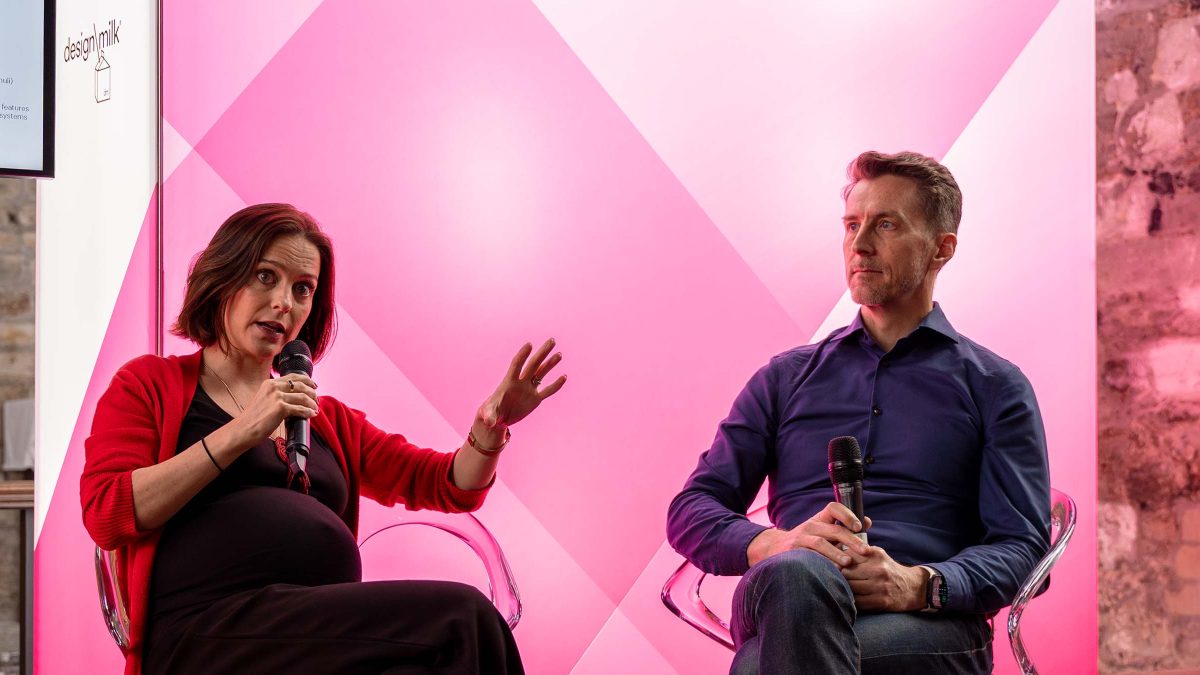
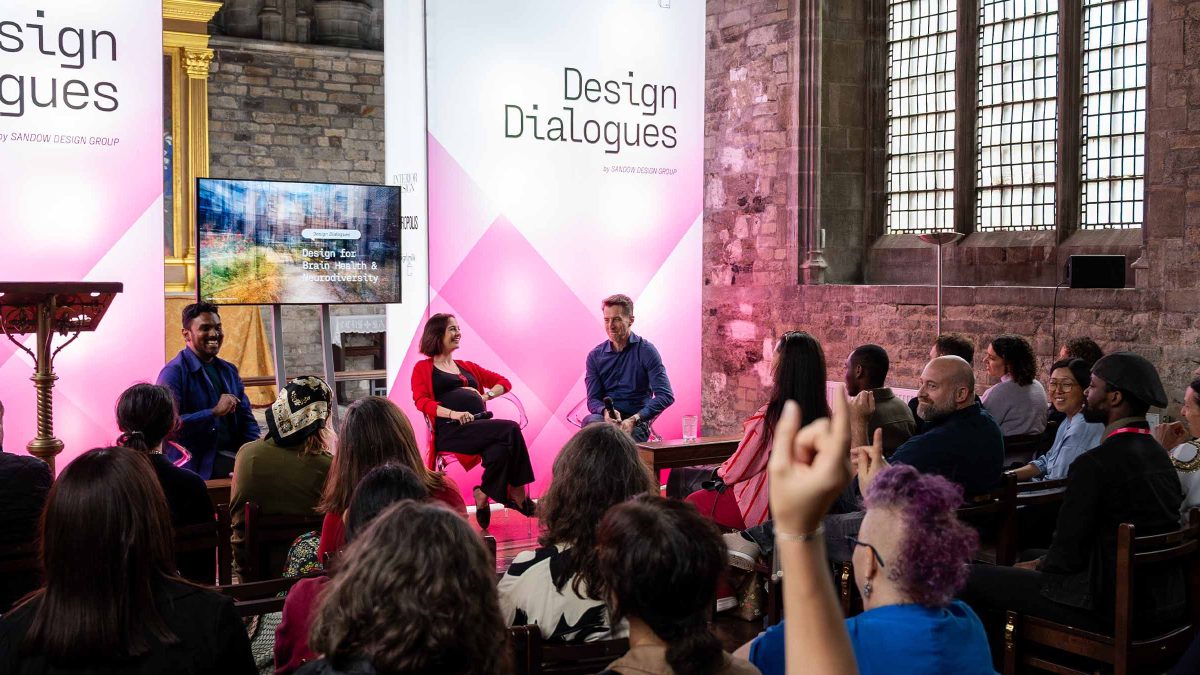
Another key point was the need to track how inclusive spaces actually perform. This might mean looking at usage data, satisfaction surveys or office attendance. Closing the feedback loop matters. If people take the time to share their experiences, it’s important they see how that input shaped the outcome.
Some organisations are starting to build inclusivity into their performance metrics. Others are improving how they hand over spaces, offering guidance to facilities teams and communicating clearly about how spaces are meant to be used. A well-designed office only works if people understand it, trust it and feel confident using it.
For anyone looking to take the first step in designing more inclusive spaces, the advice was simple: talk to people. Ask them how they experience work. What helps them focus? What makes their day harder? They may not always have the answers, but those conversations often reveal what matters most.
The conversation around neurodiversity in the workplace isn’t going away. As the stigma fades, more people are advocating for what they need. The office design and build industry has a real opportunity to respond. With features, with empathy, collaboration and a willingness to rethink what’s always been done.
Inclusive design shouldn’t be an add-on. It’s a mindset, a methodology and a commitment to understanding how space affects people and how we can design better for everyone.
Want to learn more about supporting neurodiversity in the workplace? Contact us to explore our office design and build services.

Associate Director, Workplace Strategy and Transformation